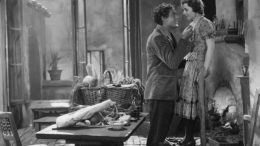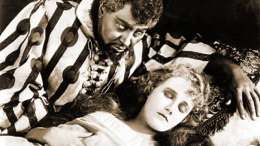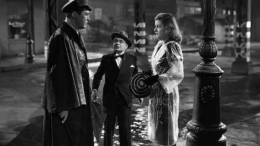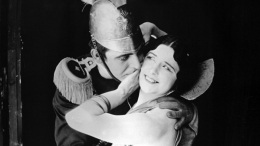The Parson’s Widow (Prästänkan) is Carl Theodor Dreyer’s third film and one of his few attempts at comedy.
Released on 4 October 1920 in Sweden, it predates the failure of the film Leaves from Satan’s Book, which was made the previous year but suffered from a poorer distribution. The first Dreyer had several influences, including the work of Sjöström, early American cinema and the experience of David W. Griffith, whose influence is strongly felt in this grotesque comedy with a rather sweet ending. However, in this film Dreyer confronts many of the themes that will be found in his later and most famous works: the conflict between existence – with its demands – and its natural laws, which also allows the opposition between law and freedom to be staged here. In Prästänkan, Dreyer tried to break the trend of filming austere interior scenes in favour of the natural force of the Norwegian landscape, creating a profound relationship between the individual’s personality and the setting in which he had to interact.
subject: Kristofer Janson
script: Carl Theodor Dreyer
photography: Georges Schnéevoigt
other titles: The Parson's widow, La Quatrième alliance de Dame Marguerite, La vedova del pastore
color: Bianco & Nero
taken from: Novel by Kristofer Janson
production company: SVENSK FILMINDUSTRI PRODUCTION
distribution: AB Svenska Filmskompaniet
Su gentile concessione dell'Ente dello Spettacolo





